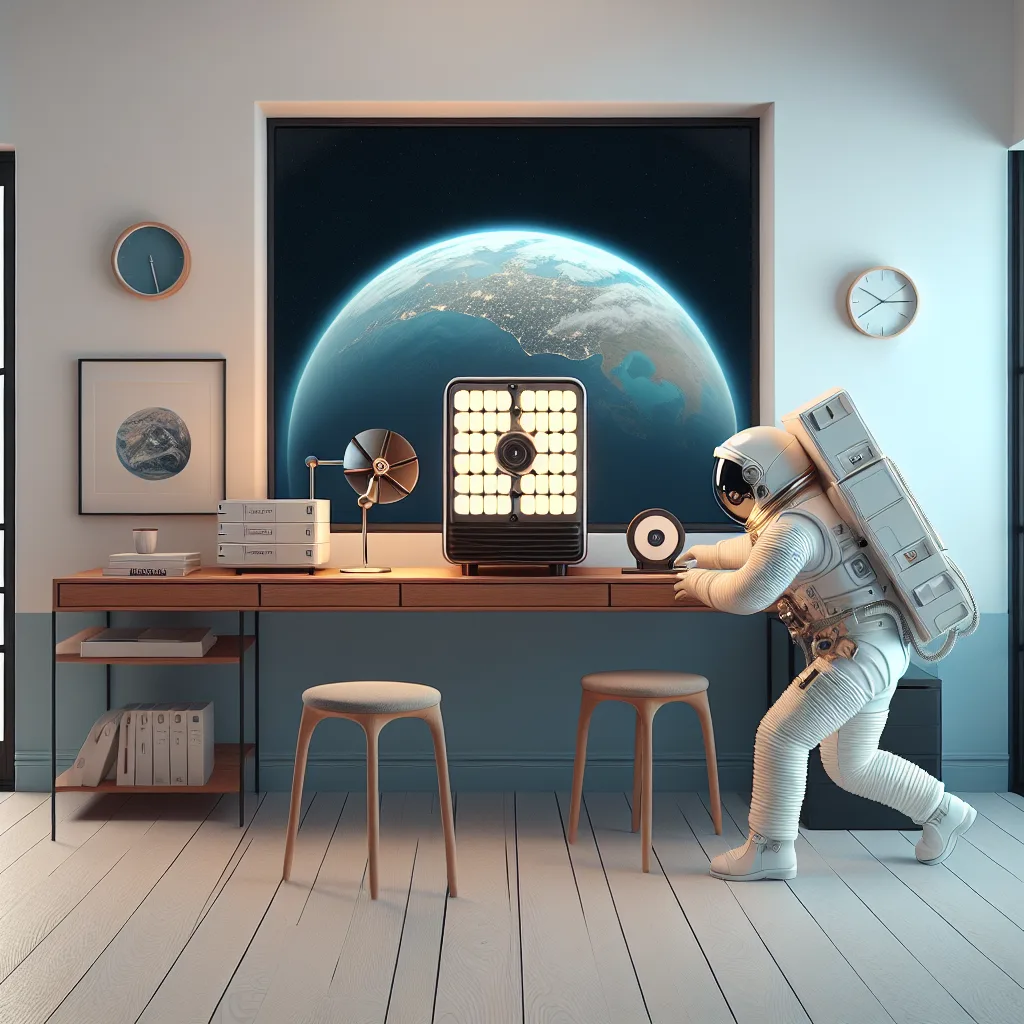Discover how a simple experiment with virtual machines on a gaming PC can spiral into a full-blown homelab hobby. A personal story of accidental tech passion.
It’s funny how hobbies happen.
You don’t usually wake up one day and decide, “I’m going to dedicate a significant portion of my free time and closet space to this new, complex activity.” It rarely works like that.
For me, it started with a simple thought while sitting at my gaming PC: “I wonder if I can run a different operating system without actually installing it.”
The First Step is Always a Virtual One
That’s where it began. Not with a grand plan, but with a piece of software called a Virtual Machine, or VM. It’s basically a computer inside your computer. I spun up a simple Linux VM on my gaming rig just to poke around and learn something new. It felt safe. If I broke it, I could just delete the VM and my main PC would be fine.
Then I got an idea. I could use a VM to run a private server for a game my friends and I were playing. It worked! For a while. Then I wanted to set up a media server, something like Plex, so I could watch my movies from any device. So, I spun up another VM.
Soon, my powerful gaming PC was spending most of its time running background tasks. And I started to notice. My games would stutter. The fans were always running. The machine that was supposed to be for fun felt more like it was doing chores.
The Tipping Point
The moment of truth came during a gaming session with friends. My PC froze, the game crashed, and it was because the media server was working too hard in the background. That was it. I needed my gaming PC back.
But I didn’t want to give up my new server projects. They were actually useful. And more than that, they were fun to manage.
So, I started looking for a solution. I figured I’d get a small, cheap, used computer to run my services separately. I went online, and that’s when I fell down the rabbit hole. I discovered a whole community of people who do this. They call it “homelabbing.”
These people weren’t just running a couple of VMs on an old Dell. They were building dedicated home servers, sometimes even full server racks, to run all sorts of interesting and powerful software.
My Accidental Hobby
Fast forward a year. That single, used computer has… multiplied.
What started as a way to get my gaming PC back has turned into my favorite hobby. I now have a dedicated machine (okay, a few machines) that handle everything:
- Our media server: The whole family uses it now.
- A network-wide ad blocker: No more ads on any device connected to our Wi-Fi. It’s amazing.
- A personal cloud: I host my own files, so I don’t have to pay for Dropbox or Google Drive.
- Automation tools: Little programs I’m learning to write that do things like organize files for me.
It sounds complicated, and sometimes it is. But it’s the most satisfying puzzle I’ve ever worked on. Every little success, every new service I get running, feels like a huge win. It’s a practical way to learn about networking, cybersecurity, and how the internet actually works.
So be careful. Your next great hobby might be hiding inside a simple, innocent thought. It might start with just one virtual machine, but it rarely ends there. And honestly, I wouldn’t have it any other way.

